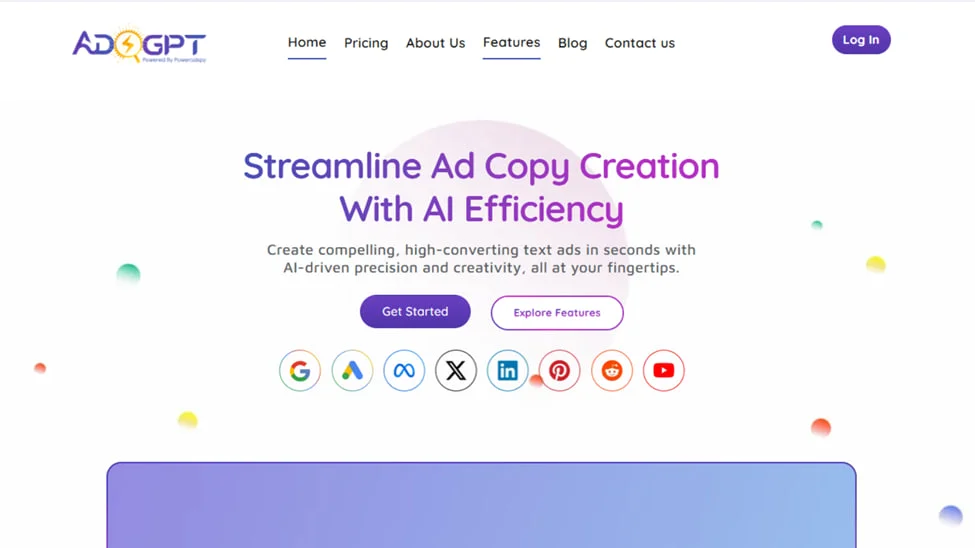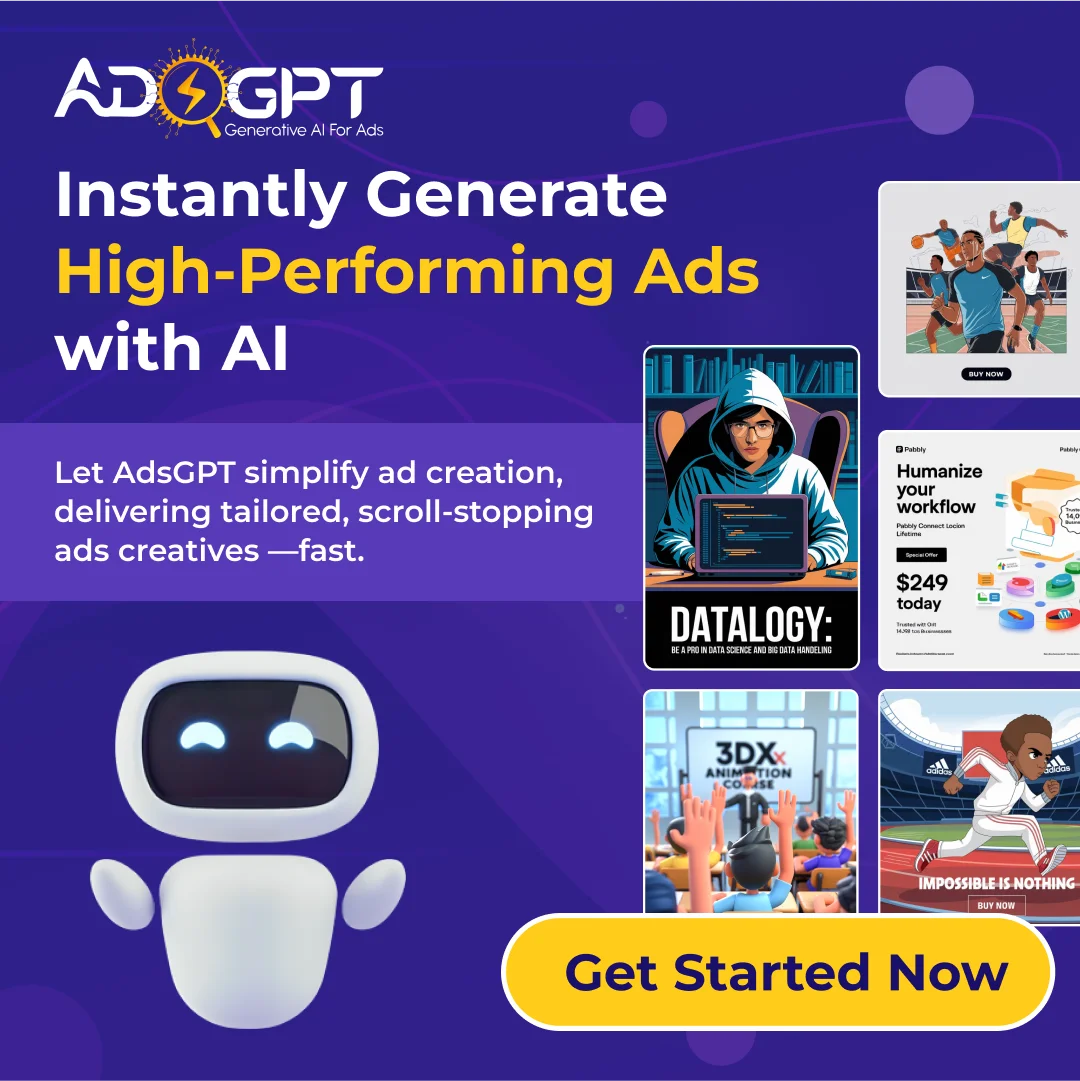Campaign tracking is the backbone of any successful marketing strategy. It’s the process of monitoring and analyzing the performance of your campaigns to understand what’s working, what’s not, and how you can optimize for better results. Without proper campaign tracking, you’re essentially flying blind, wasting resources, and missing out on opportunities to connect with your audience effectively.
This guide explores campaign tracking in-depth, covering its importance, essential tools, and strategies to maximize your marketing success.
Along the way, we’ll touch on related topics like marketing campaign examples, email marketing campaigns, digital display advertising, and even how tools like an ad copy generator can enhance your campaigns.
So, let’s get started and uncover how campaign tracking can transform your marketing game.
Why Campaign Tracking Matters?
Before we delve into the how, let’s discuss the why. Campaign tracking isn’t just a fancy buzzword—it’s a necessity for businesses aiming to thrive in today’s data-driven environment.
Imagine running a digital display advertising campaign without knowing which ad creatives are driving clicks or which platforms are generating the most conversions. Without tracking, you’d have no way to measure your return on investment (ROI) or make informed decisions for future campaigns.
Campaign tracking allows you to:
- Measure the effectiveness of your campaigns.
- Identify high-performing channels and tactics.
- Allocate your budget more efficiently.
- Understand your audience’s behavior and preferences.
- Optimize your campaigns in real time.
In short, campaign tracking is the key to turning data into actionable insights. As we’ll see in the next section, it’s not just about collecting data—it’s about using it wisely.
Strategies For Effective Campaign Tracking
To track your campaigns effectively, you need the right tools and strategies in place. Here are the essential components of a robust campaign tracking system:
1. Define Clear Goals and KPIs
Every successful campaign starts with a clear objective. Looking to drive more traffic, attract leads, or increase sales? Stay ahead with AI-powered competitor insights. Once you’ve defined your goals, identify the key performance indicators (KPIs) that will help you measure success. For example, if your goal is to drive conversions, your KPIs might include conversion rate, cost per conversion, and return on ad spend (ROAS).
2. Use UTM Parameters
UTM parameters are snippets of code added to your URLs to track the source, medium, and campaign name. They’re a simple yet powerful way to monitor where your traffic is coming from. For instance, if you’re running an email marketing campaign, you can use UTM parameters to track how many clicks came from your email versus other channels.
3. Leverage Analytics Tools
Tools like Google Analytics, and other marketing platforms provide in-depth insights into your campaign performance. These tools allow you to track metrics like click-through rates (CTR), bounce rates, and audience demographics.
4. Monitor in Real-Time
Real-time tracking enables you to make adjustments on the fly. If ad isn’t performing well, you can pause it and reallocate your budget to a better-performing one. This agility is crucial for maximizing your campaign’s effectiveness.
Now that we’ve covered the basics, let’s explore how campaign tracking applies to marketing campaigns.
Campaign Tracking in Action: Marketing Campaign Examples
To truly understand the power of campaign tracking, let’s look at real-world marketing campaign examples.
Example 1: Email Marketing Campaign
Email marketing continues to be a powerful tool for engaging prospects and boosting conversions. But how do you know if your emails are resonating with your audience?
By tracking metrics like open rates, click-through rates, and conversion rates, you can gauge the effectiveness of your email campaigns. For instance, if you notice that your open rates are low, it might be time to revisit your subject lines or sender name. Tools like an ad copy generator can even help you craft compelling email copy that drives engagement.
Example 2: Digital Display Advertising
Digital display advertising is all about capturing attention with visually appealing ads. But with so many platforms and formats available, tracking performance is essential.
Using UTM parameters and analytics tools, you can track which ad creatives are driving the most clicks and conversions. You can also monitor metrics like viewability and engagement rates to ensure your ads are being seen by the right audience.
These examples highlight the importance of campaign tracking across different channels. But what about the tools that make it all possible? Let’s explore that next.
Tools And Technologies For Campaign Tracking
The right tools can make all the difference when it comes to campaign tracking. Here are some of the top options to consider:
Google Analytics
Google Analytics is a must-have for any marketer. It provides comprehensive insights into your website traffic, user behavior, and campaign performance. With features like custom dashboards and goal tracking, you can easily monitor your KPIs and make data-driven decisions.
UTM.io
UTM.io is a handy tool for creating and managing UTM parameters. It simplifies tracking your campaigns and ensures data is accurate and organized.
Meta Business Suite
Meta Business Suite provides a centralized dashboard to monitor all your Facebook and Instagram campaigns in real time. It offers detailed insights into ad performance, audience engagement, and spending. You can track results across multiple campaigns, compare metrics, and adjust strategies based on what’s working—all in one place.
For AB Testing you must have better ad copy variations but it is quite challenging to write effectively for various platforms. To address this problem we have brought you a revolutionary AI Solution!
Also Read
Write Google Ads Copy With AI: An Ultimate Guide
AdsGPT – Ad Copy Generator

Writing compelling ad copy across platforms can be time-consuming and often challenging—especially when tailoring it to different formats and standards. AdsGPT is designed to simplify this process. It generates platform-specific ad copy instantly, drawing from AI-driven insights and industry best practices. With features like competitor ad analysis, creative tracking, and optimized copy suggestions for platforms like Google, Meta, LinkedIn, and Twitter, it aims to streamline campaign creation and maintain consistency. Whether you’re looking to save time or improve performance, tools like AdsGPT offer a structured way to manage and enhance your ad copy workflow. Let us explore how it can help you
Smarter Ad Copy, Faster Results
Instant Ad Copy Generation
Say goodbye to writer’s block! Instantly create tailored ad copies optimized for platforms like Google, Meta, LinkedIn, and Twitter—effortlessly.
AI-Powered Creativity
AdsGPT understands your needs and crafts engaging, high-converting ad copy based on industry best practices—so you don’t have to.
Platform-Specific Optimization
Every platform has different ad requirements.AdsGPT optimizes your copy to meet the highest standards for each campaign, ensuring maximum performance.
Competitor Ad Insights
See what’s working for your competitors? AdsGPT helps you generate similar, yet unique, ad copies—saving time while keeping your strategy sharp.
Ad Copy History & Tracking
Never lose a great idea! Keep track of your past ad copies, refine them, and build better campaigns over time.
With AdsGPT, ad copywriting is no longer a hassle—it’s a breeze!
Tips For Turning Data Into Actionable Insights
Campaign tracking provides a wealth of data, but the real value lies in how you use it. Here are some tips for turning your data into actionable insights:
1. Identify Trends and Patterns
Look for patterns in your data to identify what’s working and what’s not. For example, if you notice that your email marketing campaigns perform better on weekdays, you can schedule your emails accordingly.
2. A/B Test Your Campaigns
A/B testing allows you to compare different versions of your ads, emails, or landing pages to see which performs better. Consistently testing and refining your approach helps enhance campaign performance over time.
3. Refine Your Targeting
Use your data to refine your audience targeting. If a particular demographic is responding well to your ads, consider creating more tailored campaigns for that group.
4. Optimize Your Budget
Allocate your budget to the channels and tactics that deliver the best results. If your digital display ads are generating more conversions than social media, it could be worth allocating more of your budget to display advertising.
By taking these steps, you can ensure that your campaign tracking efforts translate into tangible results.
The Future of Campaign Tracking
As technology continues to evolve, so does the world of campaign tracking. Here are some trends to watch out for:
1. AI-Powered Analytics
Artificial intelligence is revolutionizing the way we analyze data. Tools like AdsGPT are leveraging AI to provide deeper insights and predictive analytics, helping marketers stay ahead of the curve.
2. Cross-Channel Tracking
With consumers interacting with brands across multiple channels, cross-channel tracking is becoming increasingly important. This approach enables you to track the customer journey from start to finish, providing a more holistic view of your campaign performance.
3. Privacy-First Tracking
As privacy concerns grow, marketers will need to adapt their tracking strategies to comply with regulations like GDPR and CCPA. This means finding new ways to collect and analyze data without compromising user privacy.
Wrapping Up:
Campaign tracking is more than just a technical process—it’s a mindset. By embracing a data-driven approach, ad copy generating prompts you can unlock the full potential of your marketing campaigns and achieve your business goals.
From defining clear goals and using the right tools to analyzing data and optimizing your strategies, every step of the campaign tracking process plays a crucial role in your success. And with tools like AdsGPT at your disposal, you can gain a competitive edge by leveraging insights from your competitors’ ads.
So, whether running an email marketing campaign, diving into digital display advertising, or experimenting with new ad copy, remember that campaign tracking is your secret weapon. Use it wisely, and watch your marketing efforts soar.




